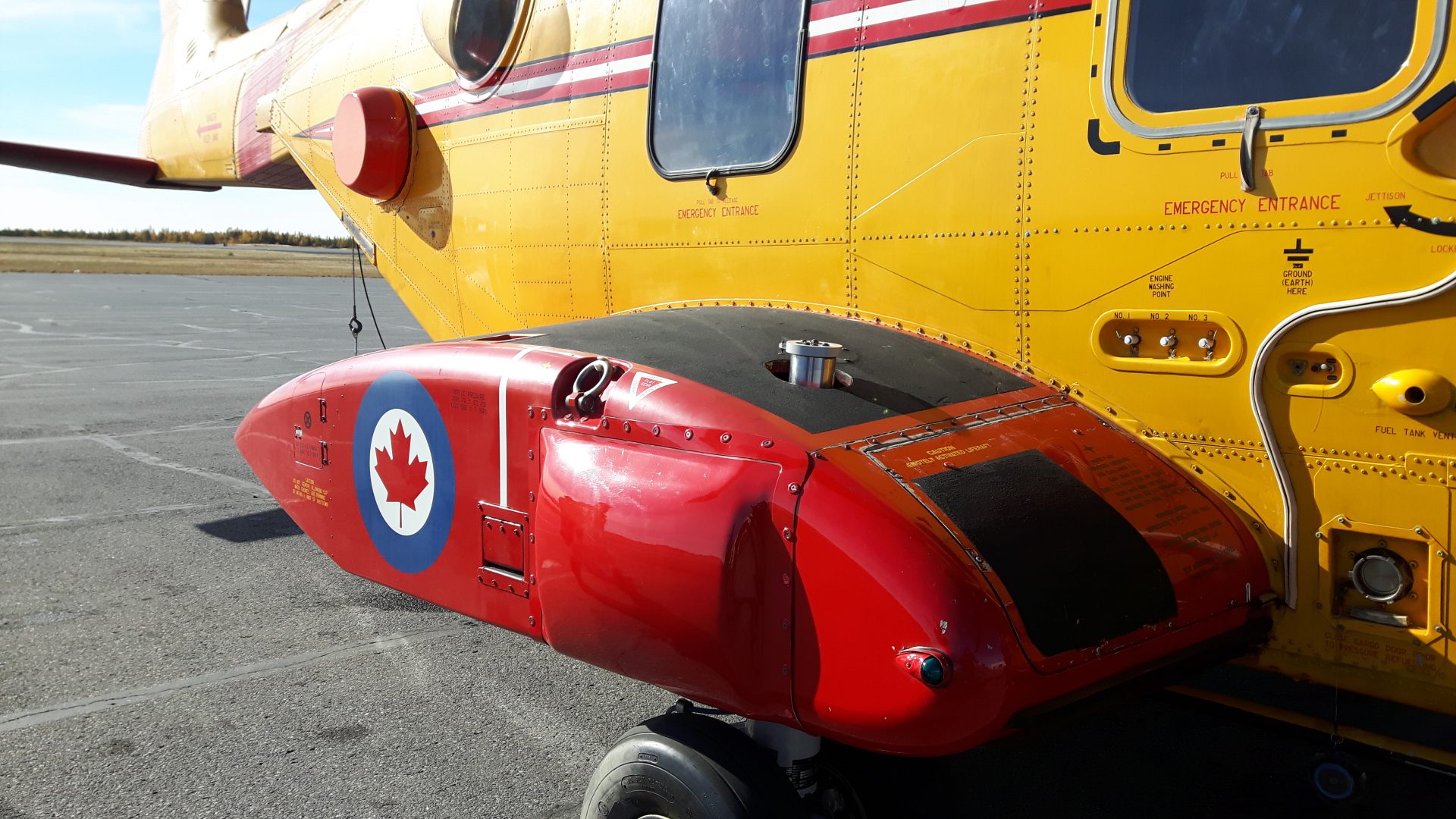A major air disaster exercise ended in Yellowknife on Wednesday.
Exercise Ready Soteria began on Monday and ended yesterday.
Lieutenant colonel Jay Steele is the exercise director for Exercise Ready Soteria, which he says is the Canadian Forces’ exercising their response to a major air disaster.
“Within Canada, but more importantly, in the North,” says Steele.
The dusting of snow and winter-like weather Yellowknife received this week didn’t interfere with the drill, he says.
“The cold weather actually helped out a little bit and that didn’t affect our exercise too too much.”
The exercise consisted of a simulated plane crash in the Arctic. In their scenario, that crash was in the vicinity of Sachs Harbour, Northwest Territories.
“We were using an incident site not too far from Yellowknife to simulate that location, and the airport here in Yellowknife we were simulating as being Sachs Harbour.”
“So we were working to remove or to transfer the casualties from the incident site via helicopter into the forward base, where we had health services folks from the Canadian Forces carrying out triage and patient care and then simulating getting them from Sachs Harbour, in this case from Yellowknife, down south to further medical attention.”
The exercise is both a simulation of a disaster and the military’s response to it. On Monday they simulated the initial search and rescue response, where search and rescue technicians and military aircraft find the scene of the crash.
“And then they would’ve jumped into the scene to start their initial triage and initial casualty care,” says Steele.
This exercise is part of a larger annual one called Operation Nanook 2018, which runs until Saturday. The Department of National Defence says that having more of a presence in the North through Operation Nanook “will enhance surveillance and control of the Arctic region.”
“One of the things with the Arctic is as it becomes more accessible over the coming years, we need to be able to respond to occurrences, especially search and rescue occurrences,” says Steele, adding that his background and expertise are in search and rescue.
“So it’s definitely important that we’re able to operate in the Arctic as well as understand the community and regional dynamics. It’s extremely important that we can work with the local communities, it is a whole community approach in the Arctic, which I know very well.”
Steele says he wants to thank the local community for their support over the last few days.
“Without their support, for us to operate up here would be very difficult for us to test our contingency plan,” he says.
“In the future, one of the goals is to continue to work on the relationships because we know that this plan is not a Canadian Forces plan, it’s a regional, whole of government plan, and we have to be able to work together throughout this entire process, should this ever occur. “





